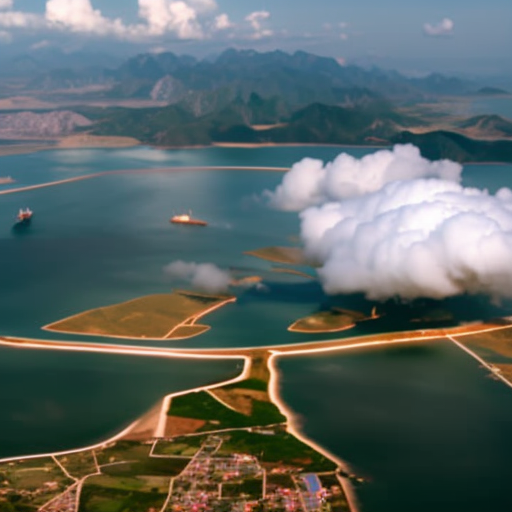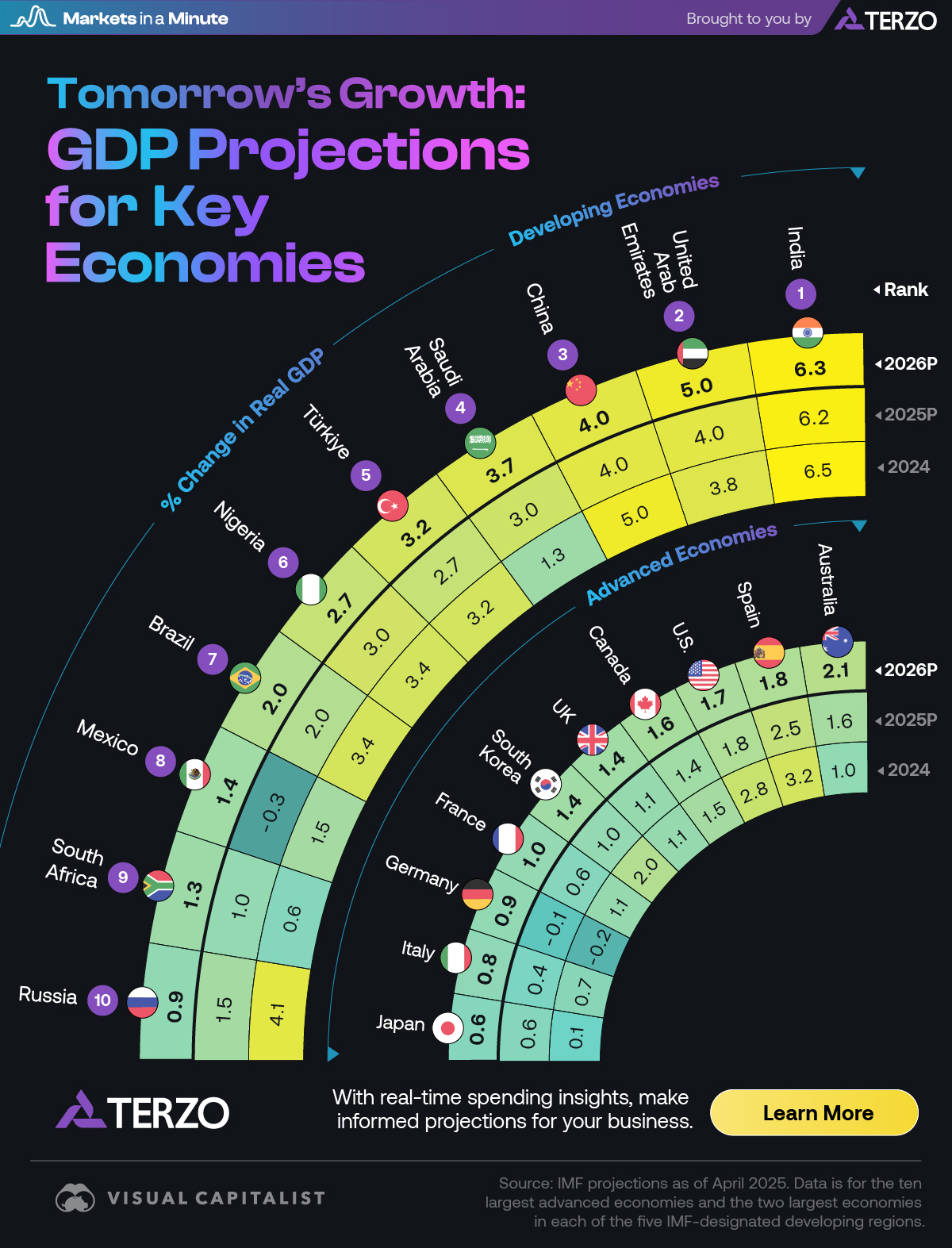
Investigating the Impact of Typhoons on Economic Activities in Vietnam

This report aims to analyze the effect of typhoons on economic activities in Vietnam, with a focus on the Sustainable Development Goals (SDGs). The study period covers the years 1992-2013, during which 63 typhoons were observed to have impacted various locations in the country with different intensities.
Methodology
To measure the impact of typhoons on economic activity, we utilized satellite imagery and specifically focused on the intensity of nightlight as a proxy. By examining the variation in nighttime light brightness across locations that were differently affected by tropical cyclones, we were able to assess the extent of the economic impact.
Findings
The results of our analysis indicate that, on average, typhoons have caused a decrease in nighttime luminosity by approximately 5 ± 5.8% or 8 ± 7.8%, depending on the specifications used. This reduction in brightness serves as an indicator of the negative effect of typhoons on economic activities in the affected areas.
Sustainable Development Goals (SDGs)
The findings of this study align with several SDGs, including:
- SDG 1: No Poverty – Typhoons can exacerbate poverty by damaging infrastructure, disrupting livelihoods, and causing economic setbacks.
- SDG 8: Decent Work and Economic Growth – The dimming of nighttime luminosity suggests a decline in economic activity, which hinders progress towards sustainable economic growth.
- SDG 11: Sustainable Cities and Communities – Typhoons can lead to the destruction of urban areas, highlighting the need for resilient infrastructure and disaster preparedness.
- SDG 13: Climate Action – The study emphasizes the importance of addressing climate change and its impacts, such as typhoons, to mitigate their adverse effects on economic development.
By understanding the relationship between typhoons and economic activities, policymakers and stakeholders can work towards implementing strategies that promote resilience, sustainable development, and the achievement of the SDGs.
SDGs, Targets, and Indicators
1. Which SDGs are addressed or connected to the issues highlighted in the article?
- SDG 8: Decent Work and Economic Growth
- SDG 9: Industry, Innovation, and Infrastructure
- SDG 11: Sustainable Cities and Communities
- SDG 13: Climate Action
The article discusses the effect of typhoons on economic activities in Vietnam. This connects to SDG 8 as it focuses on promoting sustained, inclusive, and sustainable economic growth, full and productive employment, and decent work for all. It also relates to SDG 9, which aims to build resilient infrastructure, promote inclusive and sustainable industrialization, and foster innovation. Additionally, the article touches upon SDG 11, which focuses on making cities and human settlements inclusive, safe, resilient, and sustainable. Finally, it is relevant to SDG 13, which addresses climate change and its impacts.
2. What specific targets under those SDGs can be identified based on the article’s content?
- Target 8.1: Sustain per capita economic growth in accordance with national circumstances and, in particular, at least 7% per annum GDP growth in the least developed countries.
- Target 9.1: Develop quality, reliable, sustainable, and resilient infrastructure, including regional and transborder infrastructure, to support economic development and human well-being, with a focus on affordable and equitable access for all.
- Target 11.5: By 2030, significantly reduce the number of deaths and the number of people affected and substantially decrease the direct economic losses relative to global gross domestic product caused by disasters, including water-related disasters, with a focus on protecting the poor and people in vulnerable situations.
- Target 13.1: Strengthen resilience and adaptive capacity to climate-related hazards and natural disasters in all countries.
Based on the article’s content, the targets mentioned above can be identified. These targets focus on sustaining economic growth, developing resilient infrastructure, reducing the impact of disasters on economic losses and vulnerable populations, and strengthening resilience to climate-related hazards.
3. Are there any indicators mentioned or implied in the article that can be used to measure progress towards the identified targets?
Yes, the article mentions an indicator that can be used to measure progress towards the identified targets. The article uses “measures of the intensity of nightlight from satellite imagery as a proxy for the level of economic activity.” This indicator can be used to assess the impact of typhoons on economic activities by analyzing the variations in nighttime light brightness across locations affected by tropical cyclones.
SDGs, Targets, and Indicators Table
| SDGs | Targets | Indicators |
|---|---|---|
| SDG 8: Decent Work and Economic Growth | Target 8.1: Sustain per capita economic growth in accordance with national circumstances and, in particular, at least 7% per annum GDP growth in the least developed countries. | Indicator: Measures of the intensity of nightlight from satellite imagery as a proxy for the level of economic activity. |
| SDG 9: Industry, Innovation, and Infrastructure | Target 9.1: Develop quality, reliable, sustainable, and resilient infrastructure, including regional and transborder infrastructure, to support economic development and human well-being, with a focus on affordable and equitable access for all. | Indicator: Measures of the intensity of nightlight from satellite imagery as a proxy for the level of economic activity. |
| SDG 11: Sustainable Cities and Communities | Target 11.5: By 2030, significantly reduce the number of deaths and the number of people affected and substantially decrease the direct economic losses relative to global gross domestic product caused by disasters, including water-related disasters, with a focus on protecting the poor and people in vulnerable situations. | Indicator: Measures of the intensity of nightlight from satellite imagery as a proxy for the level of economic activity. |
| SDG 13: Climate Action | Target 13.1: Strengthen resilience and adaptive capacity to climate-related hazards and natural disasters in all countries. | Indicator: Measures of the intensity of nightlight from satellite imagery as a proxy for the level of economic activity. |
Behold! This splendid article springs forth from the wellspring of knowledge, shaped by a wondrous proprietary AI technology that delved into a vast ocean of data, illuminating the path towards the Sustainable Development Goals. Remember that all rights are reserved by SDG Investors LLC, empowering us to champion progress together.
Source: afd.fr

Join us, as fellow seekers of change, on a transformative journey at https://sdgtalks.ai/welcome, where you can become a member and actively contribute to shaping a brighter future.






